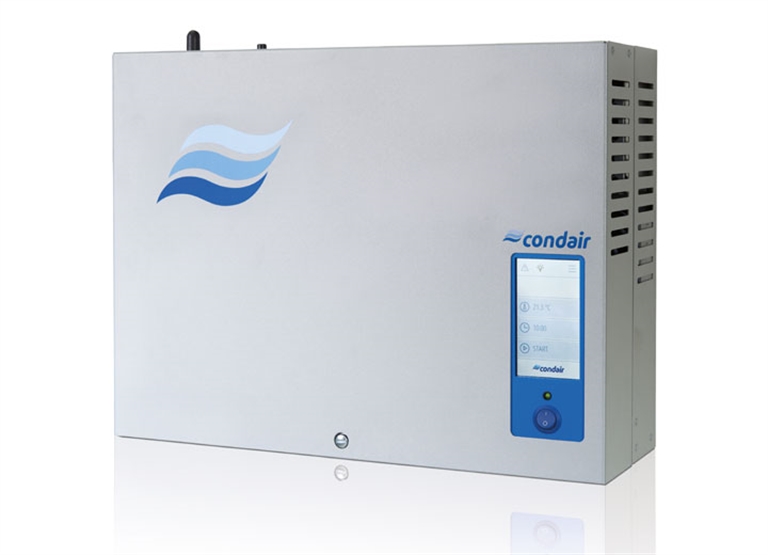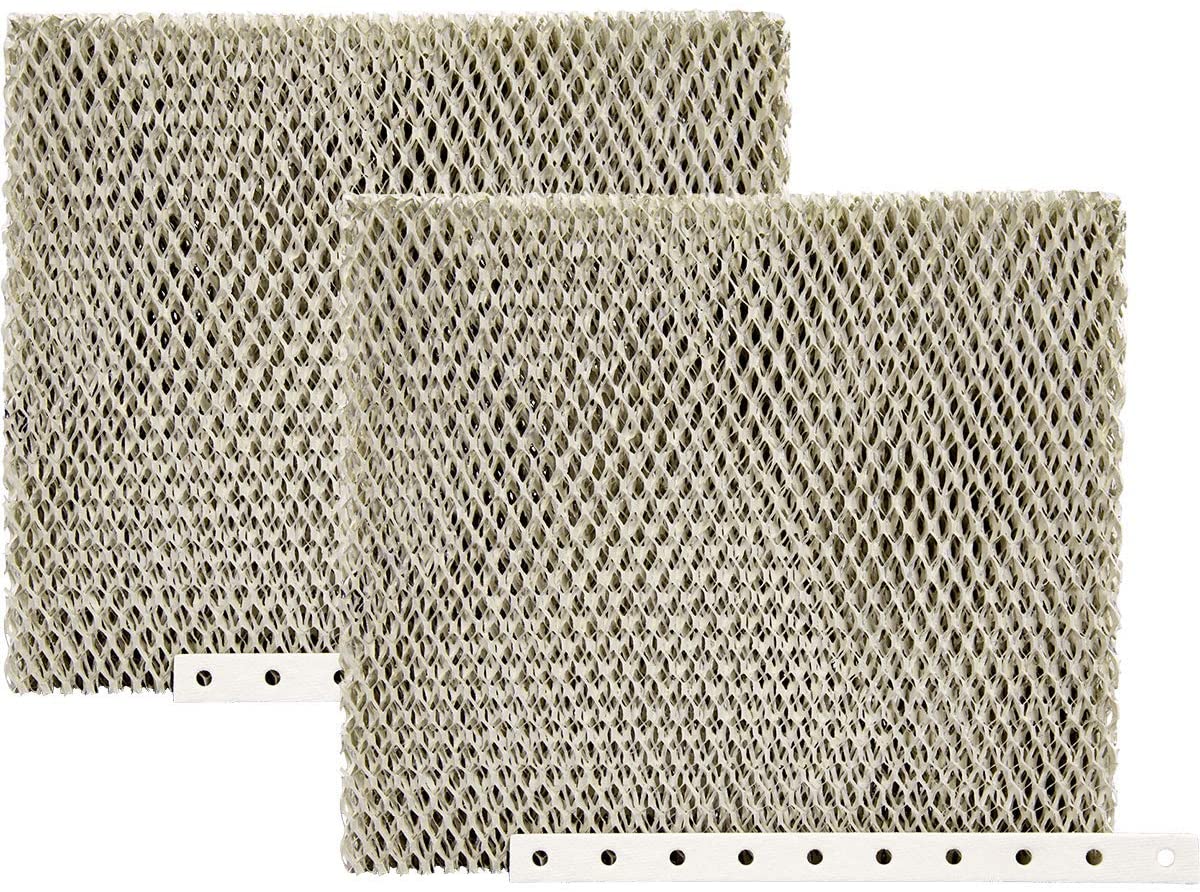How Furnace-Mounted Home Humidifier Works
The furnace-mounted home humidifier is a must-have for any homeowner. You can control the humidity levels of your home with ease by installing this device. It will help keep your family comfortable all year round and protect them from the effects of overly dry air too.
But do these devices really work as intended or are they just hyped for nothing? This article seeks to answer the question and tell you more about the working of these furnace-mounted home humidifiers. Keep reading to find out.
Types of Furnace Humidifiers
Reservoir Humidifier
The reservoir humidifier is the most common type. It works by placing water in its tank and heating it by the furnace blower. Once this happens, steam is produced and sent throughout your home with the warm air your HVAC system produces.

Image credit: https://files.shroomery.org/
Bypass Humidifiers
These types of whole-house humidifiers are installed on an air-return duct. They work by drawing warm air from the ductwork then blowing it over a water panel and evaporator pad. The air absorbs moisture in the evaporator panel then releases it into the room. The unit does not work if the airflow is restricted or blocked by closing doors or windows.
Steam Humidifiers
A steam furnace humidifier heats water until it becomes steam. The resulting steam is then forced into the HVAC control, where it travels through your home until it reaches its intended destination – the various rooms in your home.

Image credit: https://cndarcdn.scdn3.secure.raxcdn.com/
Fan-Powered Humidifier
The humidistat sensor of this flow-through humidifier detects when the air is too dry. It opens the solenoid valve and activates the fan that draws in dry air. The solenoid valve allows water to enter the water panel or moist pad. After the water flowing through vaporizes, the fan directs water vapor into the ductwork.
The water that doesn’t vaporize exits the equipment through the drain line. Once the air reaches the set relative humidity level, the solenoid valve closes, shutting off the fan.
How Parts of Furnace Humidifier Works
Humidifier Water Tap
The humidifier water tap is installed directly under your hot water tank. A hose runs from the humidifier to this tap. As soon as the flow-through humidifier senses that relative humidity is low, it opens the solenoid valve and allows cold water to run into an aluminum plate below the pad or panel. This plate then transfers heat to the water. The hot water then goes through the tank and down into the house.
Water Inlet Valve Assembly
The water inlet valve assembly controls the water flow to the humidifier, mounted a few inches downstream of the humidifier. The solenoid valve is electromechanical, and its coil draws from the air conditioner’s electrical power source to open or close. When your air conditioner shuts off, so does the humidifier.
Furnace Humidifier Humidistat
This part controls humidity levels much like a thermostat controls air temperature. You can set it to the desired humidity level, say 40 percent. Once this level is reached, it signals the humidifier to turn on.
Humidifier Evaporator Pad
This part is also called the evaporator panel or water wick. This pad aims to provide an efficient transfer of water from the humidifier tank to the surrounding air. It facilitates evaporation and collects any mineral deposits from water. Its porous texture is perfect for this purpose.

Image credit: https://m.media-amazon.com/
After a season of use, the metal pad should be cleaned and inspected for mineral deposits. These white spots are calcium, magnesium, or similar salts that have been dissolved in the water. Although they do not cause a health risk, these minerals can clog or discolor your humidifier pad resulting in poor air purification.
Humidifier Drainage Pan
To remove mineral deposits accumulated on the pad, you can use a product called ‘Humidifier Cleaner.’ Although this is not required, it will help lengthen the life of the humidifier pad. Fill the pan with very hot tap water to dissolve minerals. Submerge the filter in water for 15 minutes. Remove the filter and rinse in warm water. Let air dry completely before returning to the humidifier.
Importance of Installing Furnace Humidifier in Your Home
Improved Comfort and Health
A moist and humid home provides many benefits. Humidified air protects furniture and wooden floors from cracks and shrinkage by maintaining a consistent humidity level in the home. A comfortable living space is easier to achieve with a whole house furnace humidifier system.
It also reduces static electricity, mildew formation, nasal congestion, dry throat, and itchy skin. This will result in more comfort, better health, and less work for the immune system. You can also install them in the existing HVAC equipment.
Improved Air Quality
When your home is adequately moist with relative humidity levels, particles such as dust and allergens that can affect your mucous membrane are less likely to be present. Increased humidity levels also help to get rid of dust termites, bacteria, and viruses.
Reduced Energy Bills
Moist air feels warmer than dry air. That’s why summer days feel unbearable when humidity levels are high. But when you add moisture into the air, the heat that the hot air absorbs will be transferred to water molecules in the air.
What to Watch Out in Furnace Humidifiers
Mold
Because the inside of a furnace humidifier is a moist environment, the growth of mold and mildew is quite common in it. If you don’t check the mold growth, your furnace could be blowing mold spores all over your home. You should learn how to get rid of mold so it doesn’t become a problem for your home.
Water Damage
Issues such as clogged filters and drain pans can cause water buildup that may damage your furnace or even flood your home.
Maintenance Needs
If you’re installing a whole house furnace humidifier, you require less maintenance, less money, and less time. You’ll only need to replace the humidifier pad and filter annually if you have one. But for a steam furnace humidifier, you’ll have to replace the humidifier pad and filter every six months. Also, if you’re using a whole house furnace humidifier, you must get your furnace cleaned each year by professionals.
Final Thought on How Furnace-Mounted Home Humidifier Works
Keep your furnace humidifier in perfect working condition by following the above steps. This will leave you with a moisture-generating device that is always ready to keep your home humidified and healthy. If well maintained, a furnace-mounted humidifier will be one of the best appliances to have at home.
The post How Furnace-Mounted Home Humidifier Works appeared first on Kitchen Infinity.


